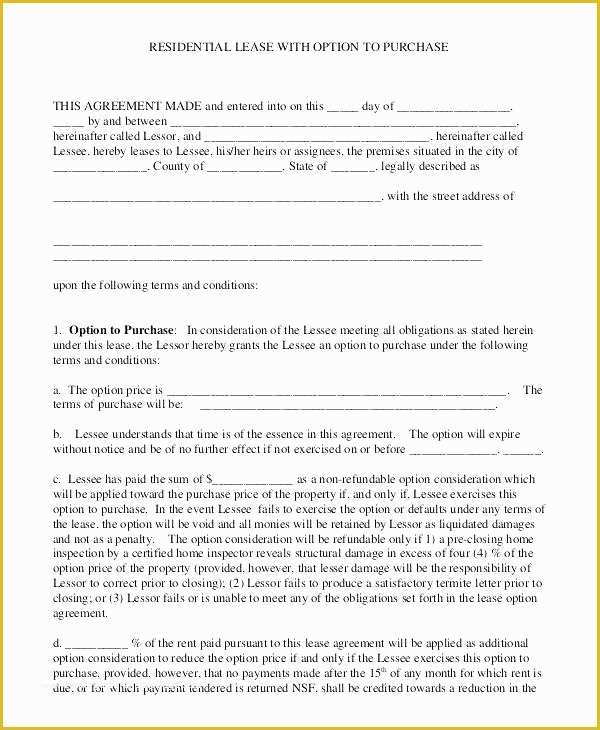

Moreover, on September 21, 2022, the FASB added a project to its technical agenda and plans to issue a proposed ASU to address the following issues related to arrangements between entities under common control:ġ. During the meeting, the Board directed the staff to evaluate targeted refinements to the lease modifications model as part of its broader postimplementation review of ASC 842. The FASB had previously directed its staff to identify potential improvements to the lease modification model in response to both comment-letter feedback and discussion at the September 2020 public roundtables. On June 22, 2022, the FASB decided to remove the lease modifications project from its technical agenda. The FASB has also made several leasing-related tentative decisions at recent meetings. In addition, in November 2021, the FASB issued ASU 2021-09, which allows lessees that are not PBEs to make an accounting policy election by class of underlying asset, rather than on an entity-wide basis, to use a risk-free rate as the discount rate when measuring and classifying leases. This amendment was designed to eliminate the possibility that an economically profitable arrangement would lead the lessor to recognize a loss at lease inception as a result of the ASC 842 measurement requirements for variable lease payments that are not based on an index or rate. The lessor would have recognized a selling loss at lease commencement.The lease would have been classified as a sales-type lease or direct financing lease in accordance with the classification criteria in ASC 842-10-25-2 and 25-3, respectively.

This new guidance requires a lessor to classify a lease with any variable lease payments as an operating lease at lease commencement if both of the following conditions are met: In July 2021, the FASB issued ASU 2021-05, which changed the accounting for lessors of leases with variable payments that do not depend on an index or rate. Since the issuance of ASU 2016-02 several years ago, the FASB has released various ASUs to provide additional transition relief and make certain technical corrections and improvements to the standard. Get a better understanding on both the policies organizations are using to provide transportation allowances, but also the costs and values of benefits provided.Ongoing accounting standard-setting activities Benchmark your organizations vehicle costs, car allowance estimates, and typical employer costs data against your competitors from across the country. In this complicated job market, evaluating these benefits versus your labor market competitors will help ensure your employee value proposition hits the right notes to pique the interest of candidates as well as reward your current employees.ĭiscover which types of transportation benefits are most common and who is eligible to receive them using robust and accurate data from the Transportation Policies & Costs reports. With the heightened importance of a company’s commitment to Environmental, Social, and Governance (ESG), the role that transportation benefits play in your total rewards package has likely changed.


 0 kommentar(er)
0 kommentar(er)
